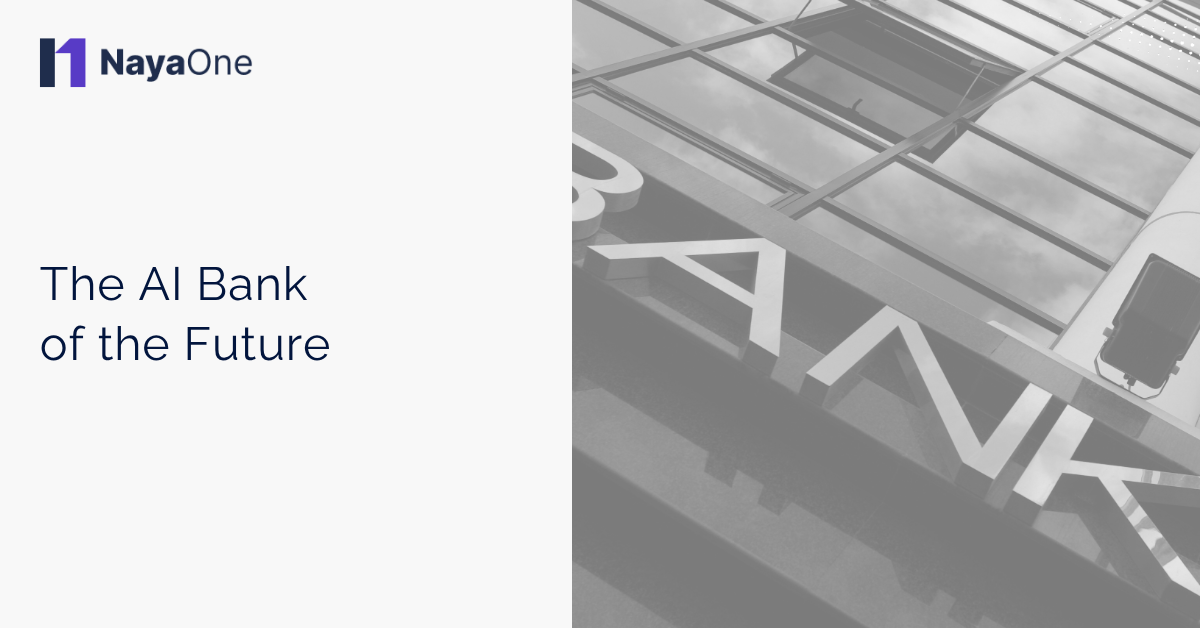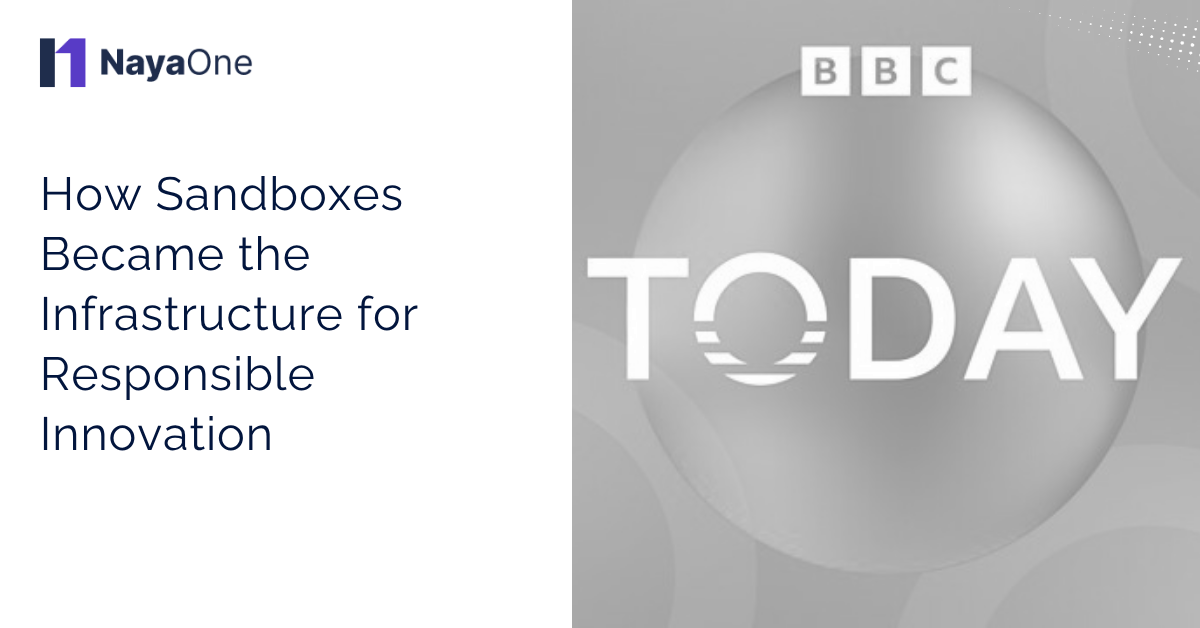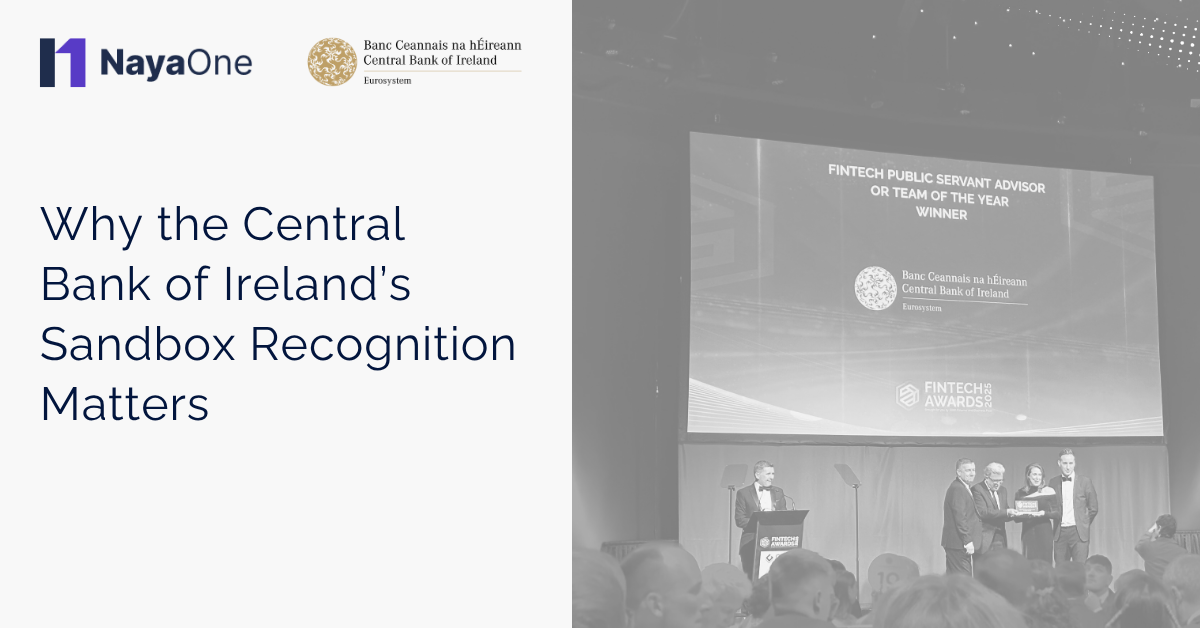We spent two days at American Banker’s Most Powerful Women in Banking in New York, and one theme kept coming back.
Change in financial services isn’t coming from the outside anymore. It’s happening from within, through partnership.
The conversations weren’t about disruption.
They were about design - how payments, AI, and digital assets are quietly rewiring finance from the inside out.
What’s emerging is a model of change built on culture, technology, and people - and held together by the systems and rigour that make transformation sustainable.
1. Payments: From Networks to Infrastructure
Citi’s Global Head of Payments, Debo Sen, said it best.
Cross-border friction isn't a technology problem, it's a regulatory one.
That single line captures where payments are heading.
For decades, moving money across borders meant navigating a maze of cut-off times, intermediaries, and correspondent banks.
Today the conversation is shifting from trying to connect existing networks to redesigning the underlying infrastructure itself for a 24/7 world. It’s no longer about linking systems together. It’s about rebuilding the core rails and rules that money actually moves on. The quiet revolution in payments isn’t speculative; it’s operational.
For global corporates, stablecoins are becoming the backbone of real-time, multi-currency liquidity. With many use cases that haven’t been imagined yet we are moving into a world of smart contracting with full history on the chain, bringing us a fluid financial system with no imagination of non-settlement.
Carolyn Weinberg, Chief Product and Innovation Officer at BNY echoed this school of thought and reaffirmed that stablecoins and on-chain finance brings clarity on asset mobilisation – but only when they work in concert with traditional finance, not in isolation.
Imagine a treasury team paying a supplier in Vietnam on a public holiday or rebalancing liquidity between Singapore and London overnight without waiting for local clearing systems to open.
That is the promise of tokenised liquidity. With Citi Token Services, institutions can move funds 24/7, instantly, and in compliance with existing KYC and AML frameworks. The blockchain becomes a programmable settlement layer that never sleeps, a parallel rail complementing traditional banking systems.
Early adopters are using stablecoins to:
- Execute instant supplier settlements across time zones
- Optimise intraday liquidity, freeing trapped capital
- Build resilience - when AWS went down, blockchains didn’t
- Extend system-level access to smaller banks and credit unions
It’s not just the early adopters discussing tokenisation and the use of stablecoins, despite the view that regulation is delaying innovation, we are able to see areas in which regulatory certainty is catching up with innovation. The Genius Act now defines which charters can issue payment stablecoins, what reserves must back them, and excludes algorithmic or crypto-collateralised models.
That clarity is transformative. It shifts stablecoins from a grey-area experiment to a supervised instrument that corporates and banks can safely integrate into their treasury stacks. It isn’t deregulation; it is design: a framework that lets innovation operate within the system, not outside it.
The stablecoin story isn’t just institutional anymore. It is already seeping into consumer payments.
An example from Kelsey Weaver, Partner at Castle Creek Launchpad stood out to me as it outlined how digital assets, stablecoins are becoming intertwined with our daily lives without the ordinary person being aware.
Since, June 2025, Shopify has rolled out USDC acceptance for merchants, offering around 0.5 percent rebates for businesses and up to 1 percent cashback for customers who pay in USDC. In only four months, more than 250 000 merchants have opted in, and USDC now accounts for roughly 1.3 to 1.6 percent of Shopify transactions.
That single statistic says a lot, E-commerce isn’t waiting for consumers to ask for stablecoins; it is quietly normalising them. Customers don’t need to understand the term to value the benefits: faster settlement, lower costs, and instant rewards.
What we are witnessing is the consumerisation of digital money infrastructure. Stablecoins are moving from crypto curiosity to everyday convenience, embedded invisibly in checkout flows, loyalty programs, and merchant dashboards moving towards an auditable, real-time world where non-settlement doesn’t exist.
2. AI: From Centre of Excellence to Centre of Gravity
U.S. Bank’s Head of AI, Prashant Mehrotra described a shift that captures where financial institutions truly are with AI.
It is not about building a single model or creating a central lab. It is about rewiring how the organisation learns.
Mehrotra explained that the goal is to give employees broad access to AI tools so they can understand what is possible, but access alone isn’t enough.
Real adoption happens when AI connects to data, workflows, and roles.
That connection turns curiosity into capability and transforms experimentation into institutional muscle memory.
Efficiency remains the north star, but data readiness is the hardest part. Integration, governance, and culture are what separate strategy from delivery.
Traditional machine learning continues to drive measurable value, while Generative AI acts as the accelerator, a multiplier once the foundation is strong.
As Mehrotra noted, the institutions that succeed are those that treat AI as a core utility, not a research project. The challenge is not the technology itself but embedding it into the rhythm of daily work so that it becomes invisible infrastructure.
We are seeing this firsthand with our customers, most publicly working with Barclays, to enable a global Generative AI hackathon that brought together more than 1100 employees from across risk, compliance, business, and technology.
It gave teams the chance to get hands-on with tools that would normally sit behind security firewalls such as low-code platforms, developer workspaces, agent kits, and OpenAI models within a safe, compliant environment.
Participants explored vibe coding applications, prototyped with large language models, and tested practical use cases in a way that would have been nearly impossible under the bank’s standard controls.
The result wasn’t a set of demos; it was a step change in AI fluency. Employees learned through direct experience and discovered how AI could fit into their day-to-day work.
That experience mirrors Mehrotra’s point exactly: AI transformation begins when teams are empowered to explore responsibly, understand the art of the possible, and connect innovation directly to business impact.
The pattern is clear, widely across industry and within our customers, AI transformation starts with education, accelerates through experimentation, and scales through responsible design.
As Teresa Heitsenrether, JP Morgan’s Chief Data and Analytics Officer observed, “agents can’t handle ambiguity.” Governance and structure must evolve alongside creativity.
The next phase of AI in banking is not about proving that it works. It is about making it work everywhere, safely and at scale.
3. Digital Assets: From Concept to Concert
One theme kept returning throughout the discussions on digital assets: progress is not coming from disruption, but from coordination.
As Carolyn Weinberg, Chief Product and Innovation Officer at BNY, noted, tokensiation is most powerful when it works in concert with the systems that already underpin global finance.
"The blockchain, working in concert with traditional systems, is the future"
Distributed ledgers, stablecoins, and tokenised deposits are not separate revolutions. They form an interoperability layer that allows value to move more efficiently across markets, platforms, and jurisdictions. The next phase depends less on invention and more on the ability to test, connect, and validate at scale.
This is where institutions face the real challenge. Interoperability is not only technical. It is operational and regulatory. To build confidence, institutions need secure environments where they can:
- Move tokenised assets across systems without exposing customer funds
- Test compliance assumptions before they hit policy walls
- Understand how governance and technology reinforce each other in practice
Weinberg made this clear. The hardest part of digital-asset infrastructure is not the code. It is balancing technology, governance, and trust. Without governance, technology fails. Without trust, adoption stalls.
This is why experimentation within guardrails matters. Tokenised funds and indices are not speculative side projects. They are controlled demonstrations that traditional assets can move on chain safely, at scale, and under regulatory supervision.
Across markets, we are now seeing regulators create the conditions for this kind of responsible exploration. Regulatory sandboxes are becoming the proving grounds for interoperability.
From:
- The Digital Sandbox in the UK
- The Payments Sandbox framework proposed by the Central Bank of Ireland
- Ongoing discussions on a cross-border UK-US sandbox
- To the Genius Act providing clarity for stablecoin issuers in the US
Regulators are signalling something important: innovation and regulation are advancing together.
This shift is visible in Europe. Through CzechInvest’s new Fintech Regulatory Sandbox, NayaOne is providing the secure testing infrastructure for fintech and DLT innovators in the Czech Republic. Led by Simona Michalčíková and supported by Jan Michal, the initiative enables teams to test interoperability and compliance in a realistic environment before entering the market.
This is not a pilot. It is a market signal.
Responsible experimentation is being built into the financial system itself.
Only days before the conference, Federal Reserve Governor Christopher Waller cautioned against moving faster than policy can stabilise, reinforcing a shared point across the industry: trust is a prerequisite to scale. Sandboxes are becoming the link between exploration and accountability.
The evolution of digital assets will not arrive as a dramatic break. It will arrive through normalisation. Layering in AI-led optimisation. Programmable settlement. New forms of collateral. Market infrastructure that becomes incrementally more capable, safer, and more connected.
This is what modern innovation looks like in finance:
- Safe testing environments
- Shared data and models
- Interoperability by design
- A culture of many small experiments, not one big leap
Change in finance no longer looks like disruption.
It looks like coordination.
From Citi’s blockchain-based liquidity rails, to U.S. Bank’s work on AI-enabled operations, to BNY Mellon’s emphasis on trust-driven tokenisation, to CzechInvest’s regulatory sandbox:
The future of digital assets is not being built on the edge.
It is being shaped at the core, one controlled, shared, and repeatable experiment at a time.






